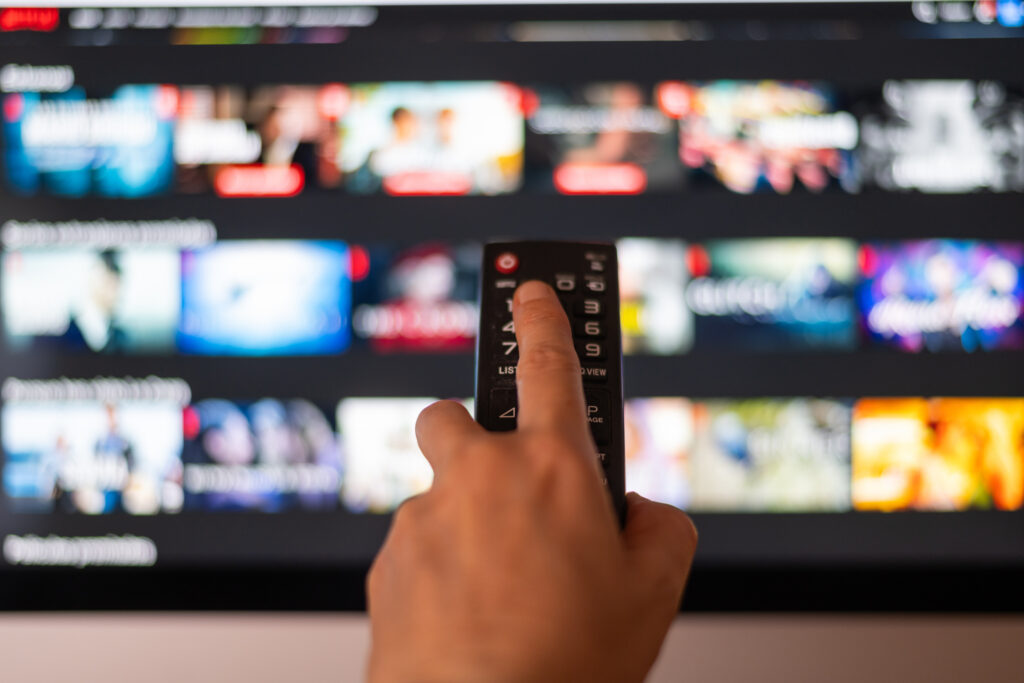Convenience costs money, but it’s not always a waste. Here’s how to figure out when paying extra for convenience makes financial sense and when you’re just being lazy with your money.
Calculate the true hourly cost
Before paying for convenience, figure out what your time is worth. If you make $25 per hour and a task would take you two hours, that’s $50 of your time. If the convenience option costs $30, it’s a good deal. If it costs $75, maybe not.
Factor in your energy levels
Your decision-making ability changes throughout the day. Paying for grocery delivery when you’re exhausted might prevent impulse purchases that cost more than the delivery fee. Sometimes convenience prevents bigger financial mistakes.
Consider opportunity costs
What else could you do with that time? If paying for lawn service frees up Saturday morning to work on a side hustle that earns more than the service costs, it’s worth it. If it just gives you more Netflix time, probably not.
Evaluate frequency and scale
A $5 coffee occasionally isn’t budget-breaking. A $5 coffee daily costs $1,825 per year—that’s significant. Look at the annual cost of convenience choices, not just the per-use cost.
When convenience usually pays off:
- Grocery delivery when you’re prone to impulse buying
- Meal prep services if you frequently eat expensive takeout
- House cleaning if it prevents relationship stress or lets you earn more money
- Online bill pay to avoid late fees
- Automatic savings to ensure it actually happens
When convenience rarely pays off:
- Buying individual items instead of bulk for frequently used products
- Using expensive services for simple tasks you could easily do
- Paying rush fees for non-urgent items
- Premium shipping when standard delivery works fine
- ATM fees when your bank’s ATM is nearby
Build systems to reduce decision fatigue
Some convenience pays for itself by reducing mental energy:
- Automatic bill pay prevents late fees and mental load
- Subscription services for household essentials prevent last-minute expensive runs to convenience stores
- Meal planning services prevent daily “what’s for dinner?” stress
Distinguish between convenience and luxury
Convenience solves a problem efficiently. Luxury is just more expensive for the sake of status or experience. A grocery delivery service might be convenience; organic everything from the premium store might be luxury.
Set convenience spending limits
Decide how much you’re willing to spend monthly on convenience and track it. Maybe $100 per month for services that save time or energy. This lets you use convenience strategically rather than mindlessly.
Test convenience services before committing
Try subscription services for one month, or use delivery services a few times before deciding if they’re worth the ongoing cost. The marketing promises don’t always match the reality.
Consider long-term costs
Some convenience creates dependence that’s expensive over time. If you stop cooking because delivery is easy, you lose cooking skills and become more dependent on expensive options.
The best convenience purchases solve real problems in your life and free up time or energy for things that matter to you. The worst ones just drain your budget for minimal benefit.










